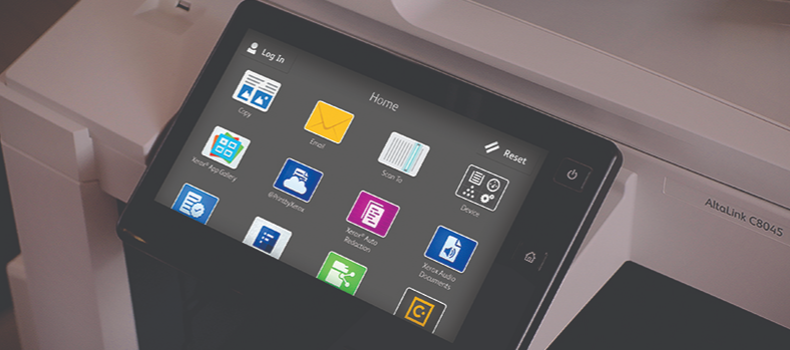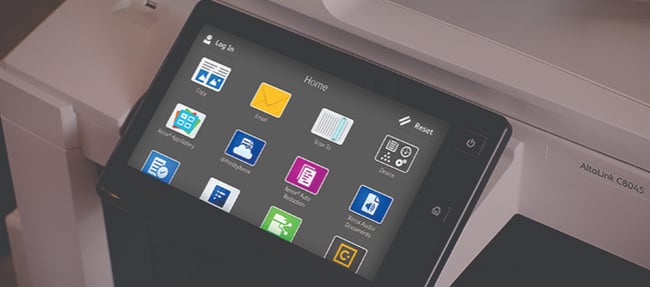Getting the best cost and the best savings on a managed print service (MPS) contract is driven by understanding the true cost of MPS and along with it the total cost of ownership.
Without taking these things into account, you might be tempted to find the cheapest monthly cost or the cheapest contract on paper without taking into consideration key cost factors such as consumable use over the contract, energy costs and wastage.

The true cost of MPS
Calculating the true cost of managed print services and document management is tricky when you don’t have all of the facts or if you’re not sure what to focus on when measuring the costs.
Ideally, you should consider taking up an assessment from potential MPS provides as this will give a much better idea of your current printing, scanning and copying processes and the analytics related to this.
Another way to seek the information is to question your current provider or company lead for MPS on what the cost of MPS has been over the duration of the contract and also taking into account ‘hidden’ costs that have mounted on top of the originally agreed contract, for example, the cost of consumables over time or energy costs.
Gaining a view of the true cost of your current/previous contract can help you decide on what you want from a new provider or contract - is it cost savings? Efficiency gains? Reduced costs over the duration of the contact, i.e. with this contract, you’ll reduce paper usage by X and therefore reduce cost by Y.
With this information, it’s much easier for a supplier to provide an idea of the cost reduction opportunities and provide a more realistic, predictable cost analysis plan for a new contract.
Considering the total cost of ownership
Another key point to take into account when trying to get the best print management savings up front is the total cost of ownership, this forms part of the true cost of MPS but takes into account additional costs and hardware.
A mistake that businesses often make when defining the total cost of ownership (TCO) is only looking at the cost of printer hardware.
In reality, there are many more factors that contribute to the TCO. They include:
- consumable use: how many ink cartridges, toner cartridges and other disposable printer supplies do the team get through on a monthly basis?
- energy cost: modern printers might be more energy efficient, but they still draw power; how much do they add to your annual fuel bills?
- wastage: how much paper and consumables get thrown away needlessly? What about the devices themselves - have you invested in hardware that simply isn’t used?
One of the hardest elements of printing TCO to account for is labour. How many employee hours are spent every month processing print jobs and dealing with printer issues?
A good MPS provider will be able to identify innovative ways to reduce your physical printer fleet, but the best will also be able to find procedural solutions that help accurately measure and reduce costs on an ongoing basis.
By taking the true cost of MPS into account when procuring print management, and along with it the savings that can be made and the total cost of ownership, you can build a much better picture of the savings you can get upfront. Oddly enough, all things considered, the price of the contract might be slightly higher upfront but what this exercise should help do is realise ALL costs throughout the duration of the contract.

